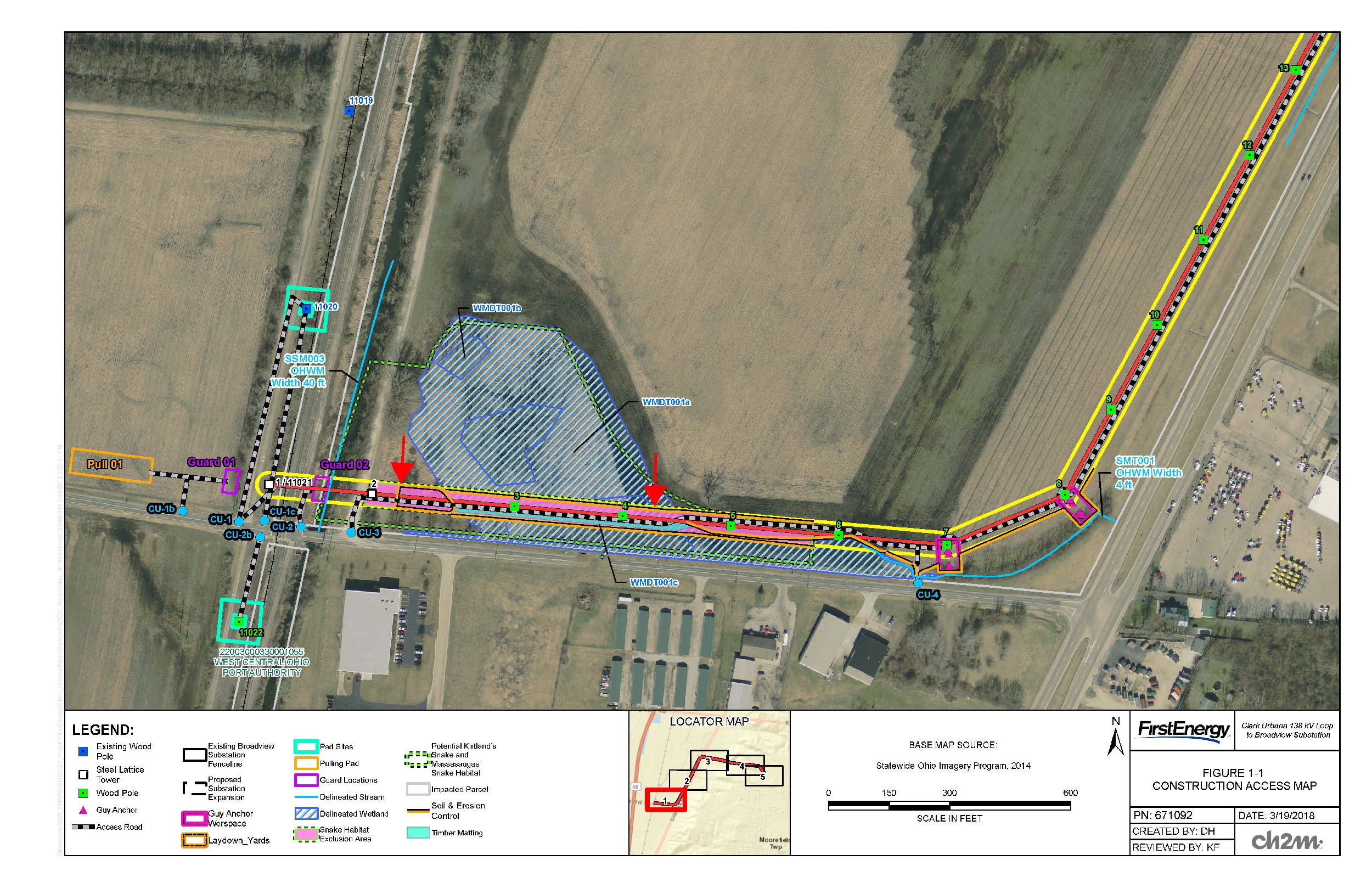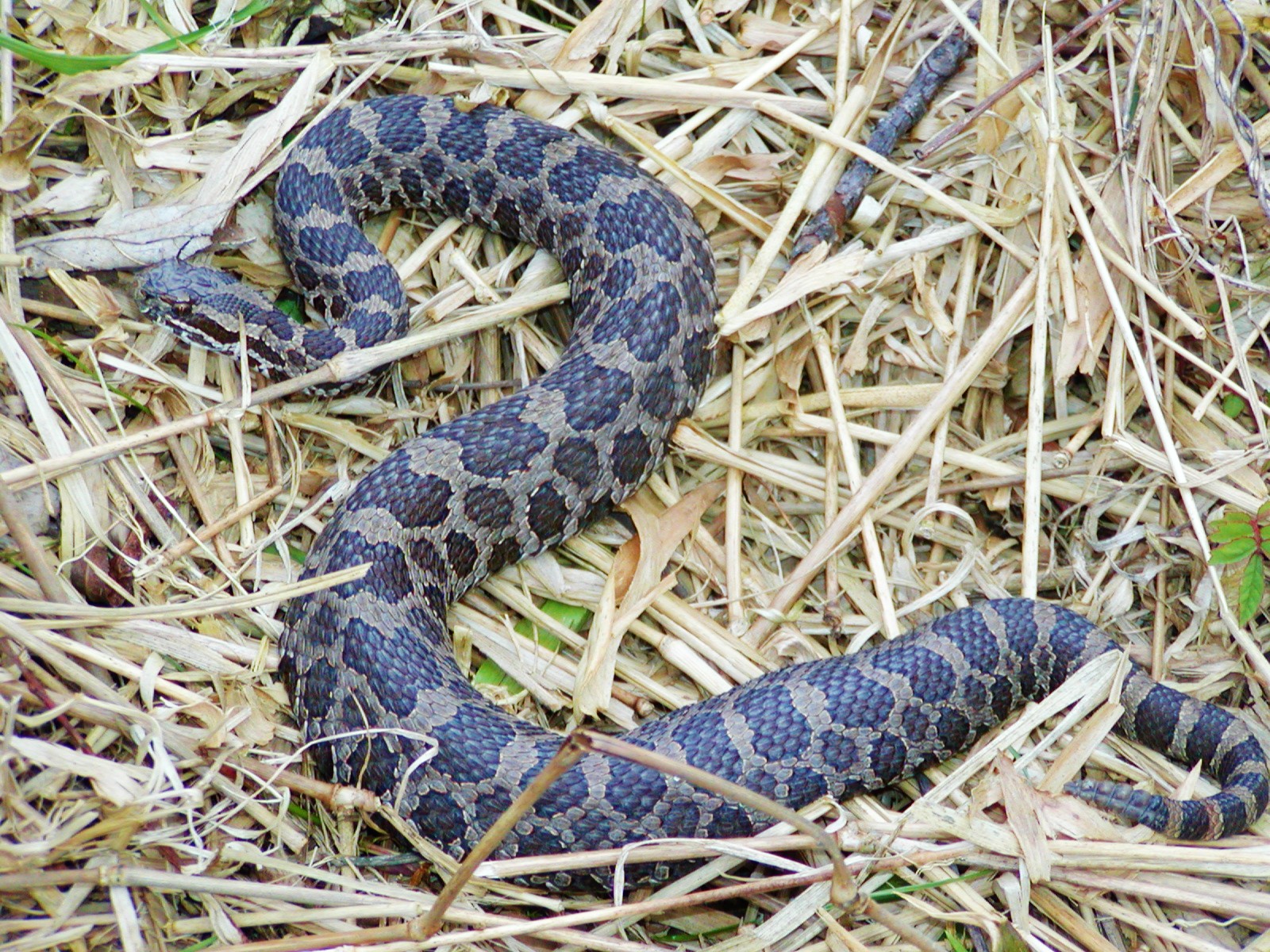Even well-planned, properly permitted transmission line projects can encounter circumstances that have the potential to wreak havoc on budgets and schedules.
Consider one U.S. utility’s recent project to install a new 2.2-mile-long segment of 138-kV double circuit transmission line, a portion of which would pass through 10 acres of delineated wetlands.
During a habitat assessment of the project site, the area surrounding the transmission line installation was found to contain crayfish burrows where two protected species of snakes — the Eastern Massasauga (Sistrurus catenatus) and the Kirtland’s snake (Clonophis kirtlandii) — are known to make their homes. While the presence of the boroughs was no guarantee that either snake species actually resided in the area, their mere existence and historical records rendered the wetlands a protected snake habitat. To maintain the project schedule, the team would need to work under the presumption that both species were present.
Given these findings, the permits issued by the state’s division of wildlife and the U.S. Fish and Wildlife Service (USFWS) called for the creation of a snake exclusion plan. That plan included the development of a construction access map for the project that considered easements, landowner agreements and engineering plans. In addition to identifying access points and spots where materials and poles could be laid down, the map included a snake exclusion zone for the two species of protected snakes. This zone established a 2-acre snake-free area to conduct construction safely within a smaller limit of disturbance and without harming any protected snakes.
The exclusion zone was designed so that snakes could be collected during a 28-day period. To create the zone, the project team began by clearing the designated area of vegetation and mowing it to within 1 inch of the ground. Silt fencing, buried 6 inches in the ground, was then installed around the entire area to prevent the movement of snakes into or out of this zone.
Workers placed funnel traps and cover boards — 5‑foot sheets of corrugated roofing tin — at 25-foot intervals both inside the fenced work area and outside the silt fence to trap amphibians and reptiles at the site. Snakes emerging from crayfish burrows inside the work area would find no vegetative cover and instinctively move to find a place to hide from predators. Their migration would be blocked by the silt fence, which the snakes would move along until finding a coverboard where they could take refuge. Snakes outside the fenced area that tried to move into the exclusion zone were also intercepted by the fence and took refuge under the cover boards placed along the outside edge.
Prior to starting construction, the plan called for a 28-day exclusion period when workers would count and capture any snakes found under the cover boards before moving them to a field away from the work area.


